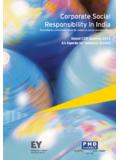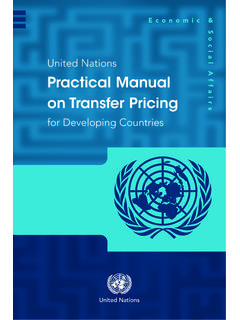Transcription of ECE/CES/ - UNECE Homepage
1 UNITED NATIONS ECONOMIC COMMISSION FOR EUROPE Guide to Measuring Global Production UNITED NATIONS NEW YORK AND GENEVA, 2015 NOTE The designations employed and the presentation of material in this publication do not imply the expression of any opinion whatsoever on the part of the Secretariat of the United Nations concerning the legal status of any country, territory, city or area, or of its authorities, or concerning delimitation of its frontier or boundaries. ECE/CES/ 38 Guide to Measuring Global Production iii Preface Ever increasing globalization has challenged our ability to fully understand the national and international macro-economic story for many decades.
2 A feature of these developments has been the extended reach of international production and supply chains, whether these relate to the production of automobiles, bicycles, pharmaceuticals or elements of the information and communications technology industries. Many global production chains consist of separate companies that specialize in producing particular components of a given final product. This is very evident in the automotive or bicycle industry. Often, in global production we find a whole series of affiliates, subsidiaries and branches of the same multinational enterprise linked together in a global production chain.
3 It is this type of international corporate structure that the Guide to Measuring Global Production mainly concerns itself with. Developments in global production have amplified international trade in intermediate and final goods and also in services inputs and products. This has occurred as a result of fragmentation of the production process across the globe. For example in 1978, China s total imports and exports of USD billion ranked 32nd among all nations and accounted for less than one per cent of global trade.
4 In 2010, China s total merchandise trade exceeded USD 3 trillion, 143 times the level of 1978. China now accounts for per cent and per cent of global exports and imports respectively, making it the world s largest commodity exporter and the second largest commodity importer. This Guide follows in the steps of the guide on the Impact of Globalization on National Accounts, albeit with a greater focus on the behaviour of multinational enterprises that engage in global production. The guidance and discussion are set in the context of the international accounting standards of the System of National Accounts 2008 and the sixth edition of the International Monetary Fund s Balance of Payments and International Investment Position Manual.
5 Effectively the Guide shines a light through the sometimes opaque structures of multinational enterprises through the following: a) Providing a conceptual framework for understanding the structures, ownership and in particular the significance of intangibles such as patents and the related royalty service flows; b) Providing practical guidance on an entire range of challenges when dealing with resident multinational enterprises who are members of global production and distribution chains; c) Presenting concrete examples and best practices from different countries in producing statistics on global production.
6 D) Providing a discussion on recent initiatives such as the work of the Organisation for Economic Co-operation and Development and the World Trade Organization on measuring trade in value added; e) Setting out a programme for future work and research. The preparation of the Guide was a truly global effort with contributions from across the world from both international organizations and individual countries. The work leading to the Guide has been presented at many international meetings such as UNECE /Eurostat/OECD Group of Experts on National Accounts, OECD Working Party on National Accounts, IMF Committee on Balance of Payments Statistics, Intersecretariat Working Group on National Accounts, Advisory Expert Group on National Accounts, International Association for Research in Income and Wealth, Association de Comptabilit National (French National Accounting Association)
7 And Expert Group on International Economic and Social Classifications. To everyone who contributed to the debate I would like to say thank you for your contributions. Michael Connolly Chair of the Task Force on Global Production Guide to Measuring Global Production v Background In recent years, significant steps have been taken to improve international accounting standards of national accounts and balance of payments with respect to recording transactions of enterprises participating in global production.
8 These steps include strengthening the harmonization of the System of National Accounts 2008 (2008 SNA) and International Monetary Fund s (IMF) Balance of Payments and International Investment Position Manual, sixth edition (BPM6), recording imports and exports on a strict change of ownership basis and giving guidance on the treatment of merchanting. These changes highlight the fact that capturing the activities of global production is a challenging aspect of macro-economic statistics.
9 The transfer of ownership principle brings to the surface measurement issues that were previously concealed when compiling accounts according to the old guidelines. The new standards are brought in line with several aspects of globalization but also bear many measurement challenges. These challenges triggered new conceptual and measurement issues, which are addressed in this Guide to Measuring Global Production (hereafter the Guide ). The purpose of the Guide is to support the implementation of the updated international standards in respect of the treatment of global production and thereby enhance international comparability.
10 Global production has evolved and now encompasses a broad range of business arrangements and organizational forms. Today, multinational enterprises (MNE) account for a large share of international trade between countries. National statistical institutes (NSI) need to keep track of the changing forms of global production and their effects on international trade relationships. It is important to identify best practices developed by countries and agree internationally on the practical guidelines needed to foster international comparability.
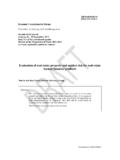

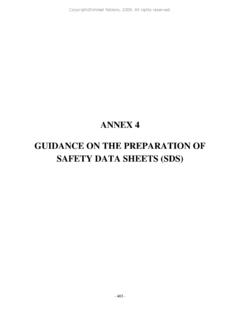
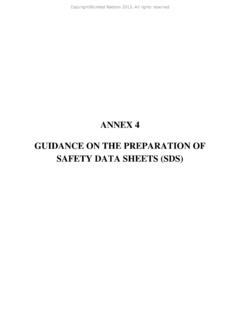
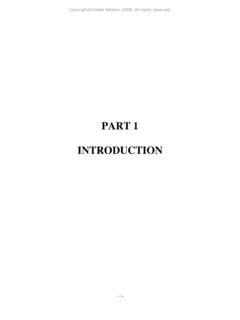
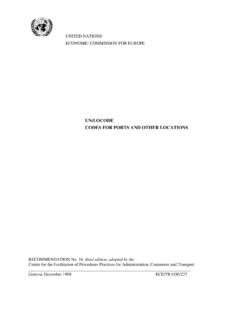
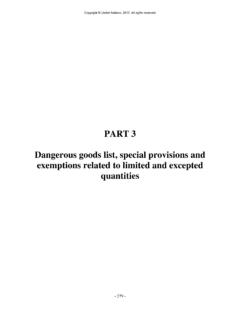
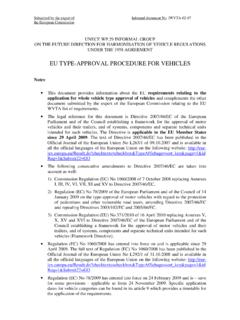
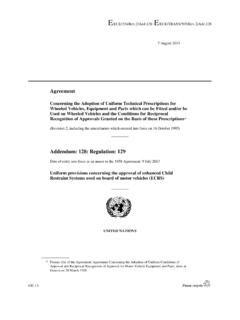
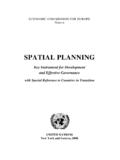
![20 2011 10 1 P -:HSTCQE=VVZW][ - OECD.org - OECD](/cache/preview/e/e/2/6/b/1/b/c/thumb-ee26b1bc3ac51fe82000b356cddeac23.jpg)




